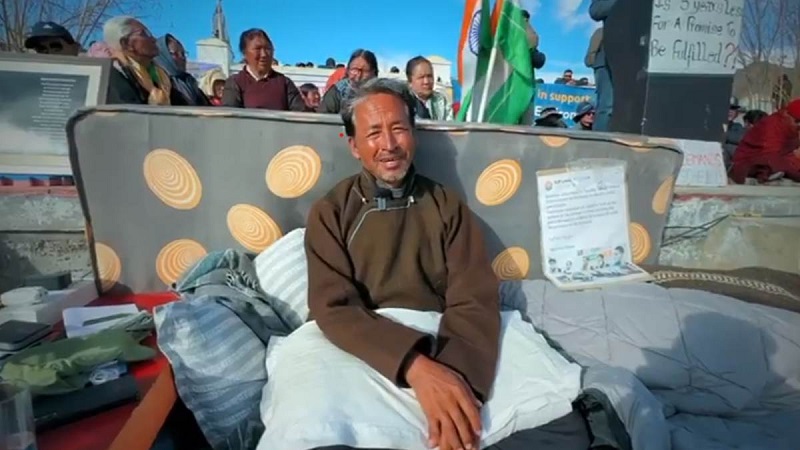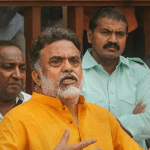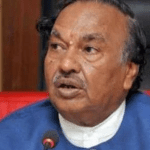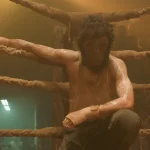Pashmina March: A Symbolic Journey of Ladakh’s Identity
In the rugged terrain of Ladakh, amidst the towering peaks and vast expanses of barren land, a movement is stirring. Led by environmentalist Sonam Wangchuk, the Pashmina March has emerged as a symbol of resistance against encroachment and a celebration of Ladakh’s rich cultural heritage.
Unveiling China’s Encroachment: Shedding Light on a Silent Threat
At the heart of the Pashmina March lies a solemn mission: to expose China’s clandestine encroachment along the border. Sonam Wangchuk alleges that over the years, China has surreptitiously seized thousands of square meters of Ladakh’s territory, yet the government remains silent on this critical issue. By embarking on this journey, Wangchuk and his supporters aim to shed light on the stark reality of Chinese aggression and its impact on the indigenous communities of Ladakh.
A Journey of Identity: Linking the Past with the Present
Drawing inspiration from Mahatma Gandhi’s historic Dandi Yatra, Sonam Wangchuk seeks to imbue the Pashmina March with the spirit of resilience and nonviolent protest. By invoking the cultural symbols of Ladakh, such as the revered Pashmina shawl and the resilient Changpa tribe, Wangchuk hopes to forge a deeper connection between the people and their land. For centuries, the Changpa tribe has nurtured the Changthangi goats, whose wool forms the basis of the exquisite Pashmina shawls synonymous with Kashmir and Ladakh.
An Uphill Battle: Confronting Government Apathy
Despite its noble intentions, the Pashmina March has encountered resistance from the authorities. The imposition of Section 144 and the throttling of internet speeds in Leh underscore the government’s attempt to stifle dissent and quell the voices of protest. Sonam Wangchuk’s allegations of Ladakh being transformed into a war zone evoke concerns about the erosion of civil liberties and democratic values in the region.
A Call to Action: Galvanizing Support for Ladakh’s Cause
As the Pashmina March gains momentum, it serves as a clarion call for solidarity and collective action. Beyond the confines of political rhetoric and electoral posturing, the movement transcends partisan divides and channels the aspirations of the people of Ladakh. Sonam Wangchuk’s unwavering commitment to the cause reflects the indomitable spirit of Ladakh, a land steeped in history and resilience.
Preserving Tradition, Protecting Heritage: The Legacy of Pashmina
Amidst the clamor of political discourse and territorial disputes, the Pashmina March underscores the importance of preserving Ladakh’s cultural heritage. The Pashmina shawl, with its intricate weave and timeless elegance, serves as a poignant reminder of Ladakh’s enduring legacy. As artisans weave tales of tradition and craftsmanship, the Pashmina shawl emerges as a symbol of resilience and continuity in the face of adversity.
A Journey Towards Hope and Renewal
In the vast expanse of Ladakh, where the winds whisper tales of resilience and the mountains stand as silent sentinels, the Pashmina March unfolds as a testament to the human spirit. With each step, Sonam Wangchuk and his supporters chart a path towards hope and renewal, reclaiming Ladakh’s identity and heritage from the shadows of obscurity. As the echoes of the Pashmina March reverberate across the rugged terrain, they serve as a beacon of hope for a brighter future, where the voices of the marginalized are heard, and the spirit of Ladakh thrives.















